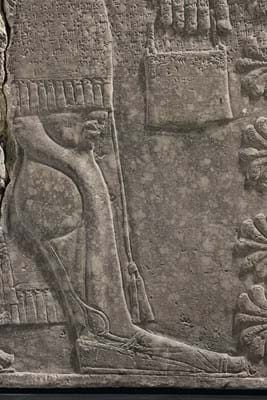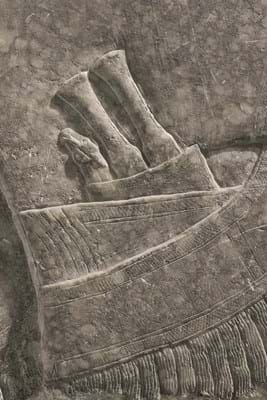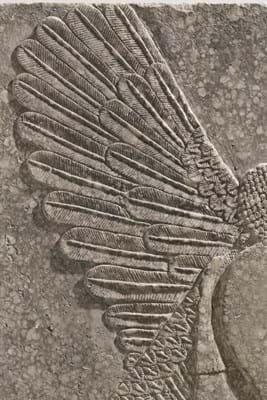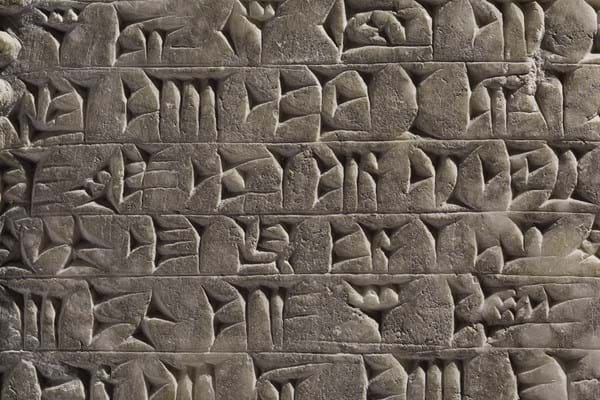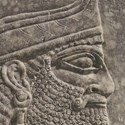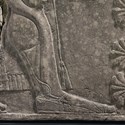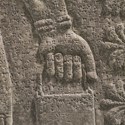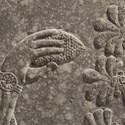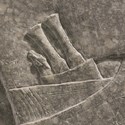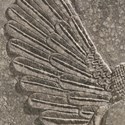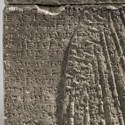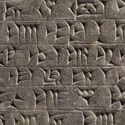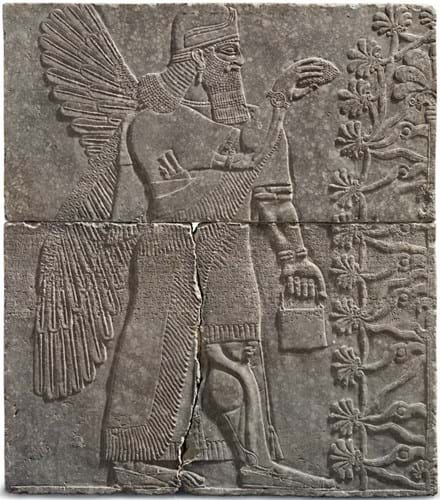
It will appear at Christie’s New York on October 31 where it is expected to fetch in excess of $10m.
It was acquired in Mosul in 1859 by an American missionary named Dr Henri Byron Haskell from the English archaeologist Sir Austen Henry Layard, who had excavated the royal palace at Nimrud in modern-day Iraq. It has been housed at the Virginia Theological Seminary since 1860 and is now being sold to underwrite a scholarship fund.
The large-scale gypsum stone relief depicting a winged deity measures over 7ft (2.13m) high and once adorned the walls of King Ashurnasirpal II’s (c.883-859BC) massive palace, one of the largest in antiquity.
Around 60 museums around the world contain reliefs from Ashurnasirpal’s palace, including the British Museum, but the last to appear on the market was a relief which, amazingly, had adorned the tuck shop of Canford School in Dorset before it was sold at Christie’s in London for £7.7m (including premium) in 1994.
It was knocked down to Japanese dealer N Horiuchi and is now in The Miho Museum in Kyoto.
This latest example differs from the Canford relief in that it consists of a single figure completely preserved. The Canford relief depicted two figures but with only one part from the waist up remaining.
The relief at Christie’s depicts a ‘Winged Genius’, a deity also known as an Apkallu, holding a bucket and a cone-shaped object, signifying fertility and protection for the king.
The skill of the carving is immediately evident with its details nearly all preserved – the Apkallu has feathered wings and wears elaborate robes, a horned headdress, an earring, a necklace and armlets. He also has two daggers and a whetstone tucked into fabric folds at his waist.
Christie’s international head of antiquities, G Max Bernheimer, said: “This Assyrian relief is without question the most exquisite to come to the market in more than a generation, in terms of the style, condition and subject.”



